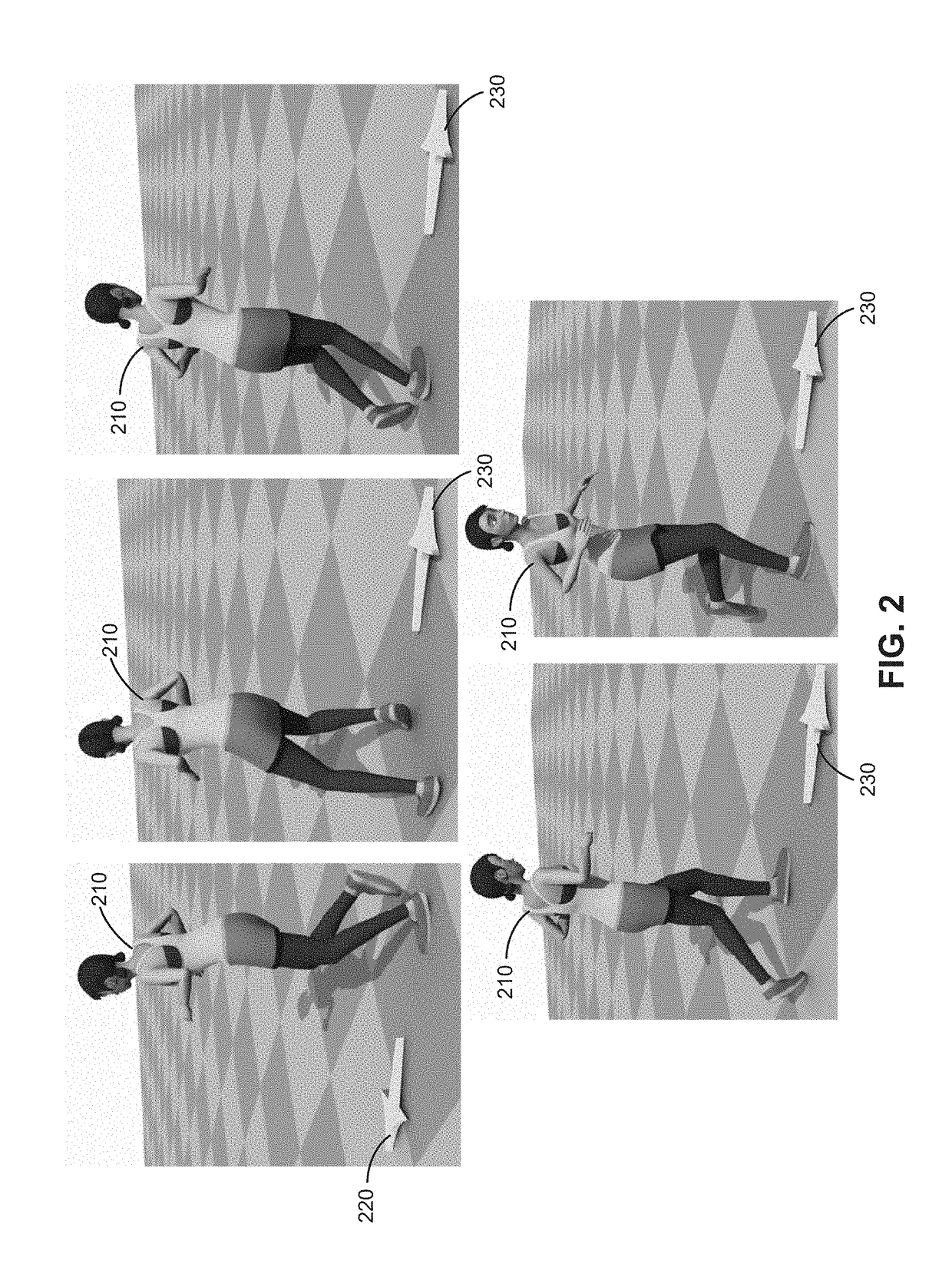Learning to schedule control fragments for physics-based character simulation and robots using deep q-learning
a robot and control fragment technology, applied in the field of robot control, can solve problems such as difficult to design controllers that are responsive to user input and robus
- Summary
- Abstract
- Description
- Claims
- Application Information
AI Technical Summary
Benefits of technology
Problems solved by technology
Method used
Image
Examples
Embodiment Construction
[0014]Embodiments presented herein provide an approach for learning to schedule control fragments for physics-based virtual character simulations and physical robot control. A virtual character may generally be either a three-dimensional (3D) or two-dimensional (2D) virtual character. The scheduling scheme presented herein is applicable to a wide range of behaviors and automatically learns schedulers, thereby permitting interactive control of generic behaviors. Given precomputed tracking controllers, a simulation application treats each individual controller as a series of short control fragments (e.g., fragments that are each 0.1 s in length) and learns a scheduler that selects control fragments at runtime to accomplish a task.
[0015]In one embodiment, each scheduler may be modeled with a neural network, or Q-network, that is used to map a high-level representation of the state of the simulation to a control fragment to execute. In such a case, the simulation application may employ ...
PUM
 Login to View More
Login to View More Abstract
Description
Claims
Application Information
 Login to View More
Login to View More - R&D
- Intellectual Property
- Life Sciences
- Materials
- Tech Scout
- Unparalleled Data Quality
- Higher Quality Content
- 60% Fewer Hallucinations
Browse by: Latest US Patents, China's latest patents, Technical Efficacy Thesaurus, Application Domain, Technology Topic, Popular Technical Reports.
© 2025 PatSnap. All rights reserved.Legal|Privacy policy|Modern Slavery Act Transparency Statement|Sitemap|About US| Contact US: help@patsnap.com



